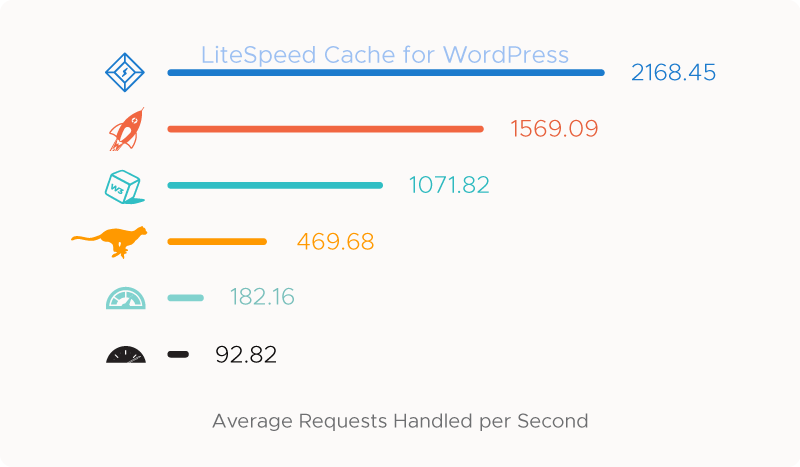Things about Litespeed Cache Vs. Wp Rocket
Wiki Article
The Ultimate Guide To Litespeed Cache Vs. Wp Rocket
Table of ContentsLitespeed Cache Vs. Wp Rocket Fundamentals ExplainedSee This Report about Litespeed Cache Vs. Wp RocketFascination About Litespeed Cache Vs. Wp RocketLitespeed Cache Vs. Wp Rocket - QuestionsThe 8-Minute Rule for Litespeed Cache Vs. Wp Rocket
They have a smaller file size, making them simpler to pack. That's a good trade-off if you want much better loading performance.If you're running your website on Word, Press, you're unquestionably making use of plugins and widgets to add performances to your website. Every plugin you install adds a bit of code to your web page, making it larger than it should be.
Let's claim your web server is based in Australia, but you have numerous site visitors from India. As opposed to sending out data straight from Australia, the CDN can send out data from a server in India, making this procedure much faster and more effective. Redirects are an all-natural component of any kind of website, and there's nothing wrong with them.
The Only Guide to Litespeed Cache Vs. Wp Rocket
They will not substantially reduce you down. But when it comes to redirect chains, they will. By connecting as near to the final destination as feasible, you stay clear of producing way too many redirects and thus, reduce your internet site's lots. Unsurprisingly, a few of the most effective sources for maximizing your web site are from Google.It sums up the user experience of site visitors to your site, showing just how numerous Links pass or fall short Core Internet Vitals and other web page experience signals. Lighthouse, for Google Chrome This is among the most advanced performance measurement devices readily available and great for benchmarking. Internet, Page, Examination This tool gives a waterfall representation of just how all the possessions lots on your site.
Every individual is different. Locate out that your users are, just how they access your site, and what they do while they're there.
Use the recommendations to get started on improving your web page speed, but do take these with a grain of salt. They are wonderful starting points, however there is so much more you can do!

This will decrease latency and outcome in renovations to your web page rate due to the fact that it reduces any possibility of a delay or the number of round trips created.
The Only Guide to Litespeed Cache Vs. Wp Rocket
As website technology, like the growth and vast use Java, Script libraries, has actually progressed in time, making use of this technology has actually been solidified by the rate, or transmission capacity, of Web connections and the handling and memory sources of devices. In other words: the extra data and resources the web server sends to the browser, the longer it requires to provide the "package" throughout a web link and the slower he has a good point the web page will certainly be aesthetically made in the internet internet browser and end up being useful.
This is so when a visitor sees this web site once again, it does not need to refill the whole web page. This advantages page speed, as this saves money on time spent sending multiple HTTP demands to the web server. A fringe benefit is the decrease of transmission capacity and for that reason the general cost of hosting your site.
This will reduce latency and result in enhancements to your page rate due to the fact that it decreases any type of opportunity of a hold-up or the number of round trips produced.
As web page modern technology, like the development and broad usage of Java, Manuscript collections, has actually progressed over time, making use of this innovation has actually been toughened up by the speed, or bandwidth, of Web connections and the processing and memory resources of gadgets. Simply put: the extra information and sources the web server sends out to the browser, the longer it takes to deliver the "package" across a web connection and the slower the page will certainly be aesthetically provided in the internet internet browser and come to be useful.
Web page rate effects traffic throughout all channels and sources, however because Google has led advancements being used web page speed in web search ranking algorithms, reducing latency has become a core part of search engine optimization. While anything that adds time to the web page making procedure is a page speed factor, there are numerous concerns that are most usual: The time between when the user or browser demands the web page and the preliminary reaction anonymous from the server is called the web server feedback time, likewise determined as Time To First Byte (TTFB), or the time at which the web server sends out the very first data that the internet browser can make use of to construct and provide the page.
Report this wiki page